Have you ever wondered why, as kids, we could run around all day, play non-stop, and still have endless energy left? We were like little dynamos, always supercharged. Now imagine having that same level of vitality in your 30s or 40s-we'd get so much more done and feel amazing doing it. But somewhere along the way, that energy faded. So, what changed? The answer lies deep inside your cells-in tiny powerhouses called mitochondria.
What are Mitochondria?
Mitochondria (also known as the "powerhouses of the cell”) are membrane-bound organelles found in almost all cells. They generate ATP (adenosine triphosphate), the primary energy currency for the body. Beyond energy, they regulate metabolism, cell cycle, apoptosis, calcium balance, and even genetic expression.
What makes them unique is their own DNA, separate from the nucleus, which is inherited maternally.
Changes in Mitochondria with Age
The changes that occur in our mitochondria with age aren’t just subtle, they’re deeply impactful. Over time, mitochondria become less efficient at producing energy. They shrink in number and quality, accumulate mutations, and lose their ability to manage oxidative stress. These shifts start affecting everything from how fast we heal to how energetic we feel each day. And these changes are exactly what pave the way to broader mitochondrial dysfunction (Srivastava S 2017).
How Mitochondrial Dysfunction Accelerates Ageing
Mitochondrial dysfunction disrupts cellular energy conversion, especially in high-demand tissues like the brain and muscles. Environmental variations, toxins, and ageing impact mitochondrial oxidative phosphorylation (OXPHOS), leading to excess reactive oxygen species (ROS) and impaired ATP synthesis. This dysfunction is a hallmark of many chronic and age-related diseases, such as Alzheimer’s, Parkinson's, cardiovascular diseases, and metabolic syndromes.
The Cellular Mechanics Behind Dysfunction
- Reduction in inner membrane potential: This makes it harder for the mitochondria to create energy, so your cells get less power to function properly.
- Impaired electron transport chain: Disruption in this system compromises ATP production and increases harmful free radicals.
- ROS overproduction: Excess reactive oxygen species damage mitochondrial DNA, proteins, and membranes, accelerating cellular ageing.
- Accumulated mitochondrial DNA mutations: These mutations impair the instructions mitochondria use to produce enzymes and proteins essential for energy production.
- Decreased mitophagy: The reduced recycling of damaged mitochondria leads to the accumulation of dysfunctional organelles, further disrupting cellular health.
These impairments create a feedback loop, dysfunctional mitochondria make more ROS, which damages other mitochondria and cellular structures.
Environmental and Genetic Triggers of Mitochondrial Dysfunction
- Environmental toxins (e.g., cigarette smoke, pollution): These introduce harmful compounds into the body that damage mitochondrial membranes and proteins, disrupting normal function.
- Pharmaceutical drugs (that inhibit ATP synthase or complex proteins): Some medications interfere with mitochondrial enzymes and protein complexes, blocking ATP production and affecting energy levels.
- Mitochondrial DNA mutations: These genetic changes can be inherited or occur over time, leading to errors in energy-related proteins and enzymes.
- Chemical accumulation due to membrane potential: Certain toxic chemicals accumulate in the matrix, impairing mitochondrial activity.
These factors induce dysfunction by disrupting the mitochondrial structure or biochemical pathways essential for energy production.
Can We Prevent or Delay Mitochondrial Dysfunction?
Yes, mitochondrial dysfunction can be managed through a combination of lifestyle changes and targeted nutritional support.
Lifestyle Strategies:
- Regular exercise: Encourages new mitochondria formation and enhances function.
- Intermittent fasting: Stimulates a process called mitophagy, where damaged mitochondria are cleared out.
- Antioxidant-rich diet: Reduces oxidative stress that harms mitochondria.
- Hydration and good sleep: Help cells perform essential maintenance and detoxify effectively.
- Stress management: Chronic stress can increase harmful ROS that damage mitochondria.
Key Supplements for Mitochondrial Health:
- NMN (Best NAD+ supplement): Restores NAD+, supports energy metabolism
- Fisetin: Senolytic flavonoid that clears old, damaged cells and reduces inflammation
- CoQ10 and PQQ: Boost mitochondrial biogenesis and efficiency
- Ca-AKG: Enhances mitochondrial respiration and metabolic flexibility
- Urolithin A: Helps remove damaged mitochondria through a natural recycling process called mitophagy and improves muscle strength and endurance as we age.
Decode Age’s advanced formulations combine many of these key ingredients into targeted solutions. This takes the guesswork out of supplementation and ensures you're getting clinically effective doses for real mitochondrial support.
Conclusion
Mitochondrial dysfunction is more than a side effect of ageing; it is a primary driver. By nurturing your mitochondria through lifestyle and supplementation, you can delay the onset of age-related disorders and extend your healthspan. Decode Age offers science-backed solutions that empower you to take cellular ageing into your own hands.
From NMN for boosting NAD+ to Urolithin A for cleansing damaged mitochondria, and Ca-AKG for supporting metabolic balance, these formulations empower your cells from within. Whether you're in your 30s or 60s, these tools help you feel younger, move better, and age on your terms. to revive your cellular power and help you reclaim your energy and vitality, no matter your age.
Your energy isn’t gone; it’s just waiting to be unlocked.
Start by nurturing your mitochondria with the right nutrition, habits, and Decode Age’s expert-formulated supplements.
FAQs
What causes mitochondrial dysfunction as we age?
As we age, our mitochondria become less efficient due to accumulated damage from oxidative stress, DNA mutations, and reduced repair mechanisms. This dysfunction leads to lower energy production, increased inflammation, and greater risk for age-related diseases like Alzheimer's, diabetes, and cardiovascular issues.
How can I naturally support mitochondrial health?
You can support mitochondrial function with regular exercise, antioxidant-rich foods, proper hydration, good sleep, and stress management. Practices like intermittent fasting and avoiding processed foods help keep your mitochondria healthy and energy production stable.
What foods improve mitochondrial function?
Foods like leafy greens, blueberries, salmon, walnuts, and dark chocolate are rich in nutrients and antioxidants that protect mitochondria. CoQ10-rich foods like organ meats and polyphenol-rich fruits like pomegranate support mitochondrial repair and performance.
Are NAD+ boosters safe to take daily?
Yes, NAD+ boosters like NMN and NR are generally considered safe for daily use. Studies have shown they improve energy levels, metabolic health, and support DNA repair, making them great additions to an anti-ageing routine.
Can supplements like Urolithin A or Fisetin actually reverse ageing?
They may not reverse ageing completely, but they do slow it down. Urolithin A boosts mitophagy, clearing damaged mitochondria, while Fisetin removes aged cells and reduces inflammation, both helping you stay healthier.
How do I know if my mitochondria are unhealthy?
Unhealthy mitochondria may show signs including constant tiredness, brain fog, muscle aches, poor recovery from workouts, and slow healing. These symptoms suggest that your cells aren’t producing enough energy and may need mitochondrial support.
What is the best time to take mitochondrial supplements?
Most experts recommend taking energy-boosting supplements like NMN or Urolithin A in the morning. This aligns with your natural circadian rhythm and helps optimize energy production during the day.
How long does it take to see results from NMN or Urolithin A?
You may feel a boost in energy and mental clarity within 2 to 4 weeks. However, deeper benefits like improved metabolism, endurance, and cellular repair usually become noticeable after 8 to 12 weeks of consistent use.









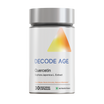

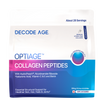

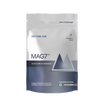

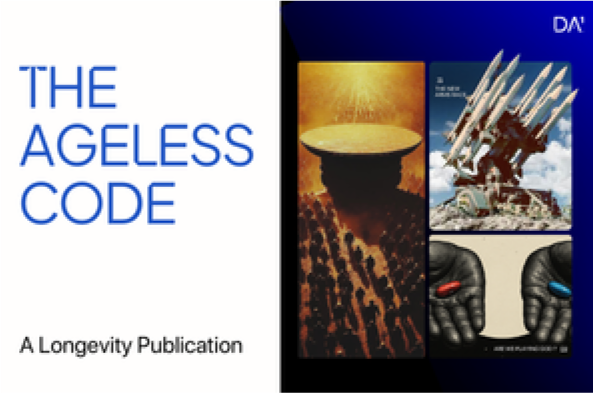







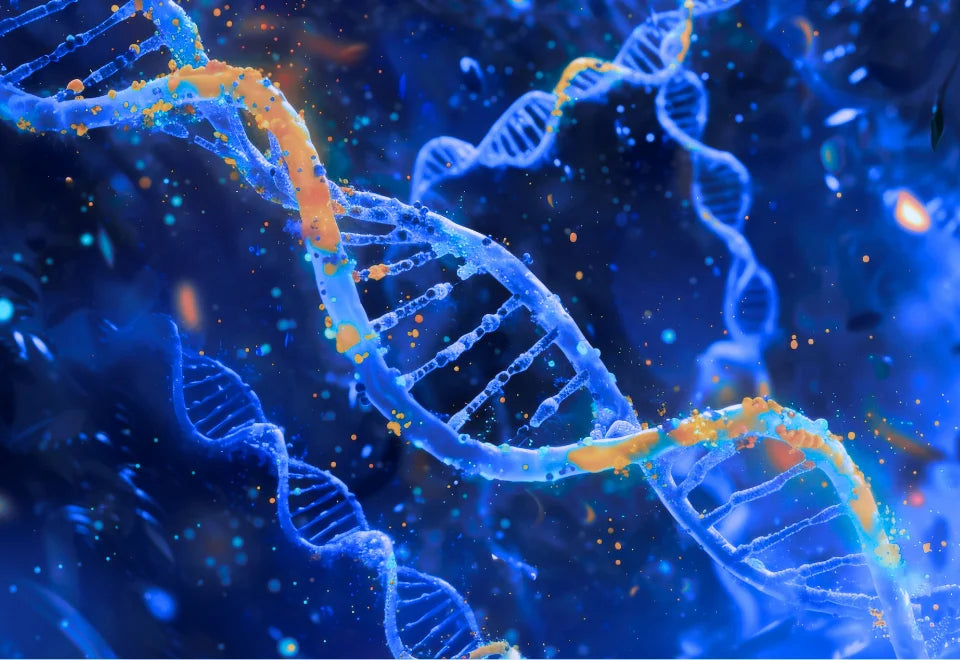
Leave a comment
All comments are moderated before being published.
This site is protected by hCaptcha and the hCaptcha Privacy Policy and Terms of Service apply.